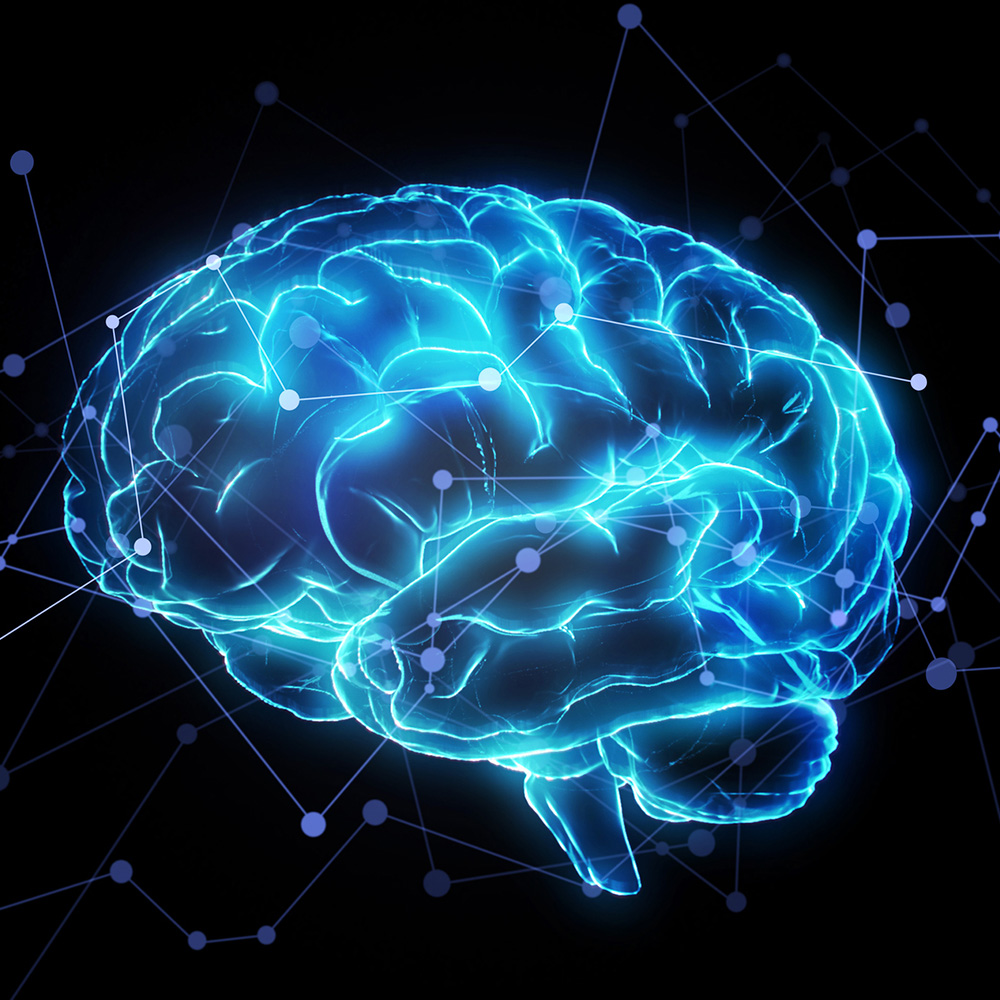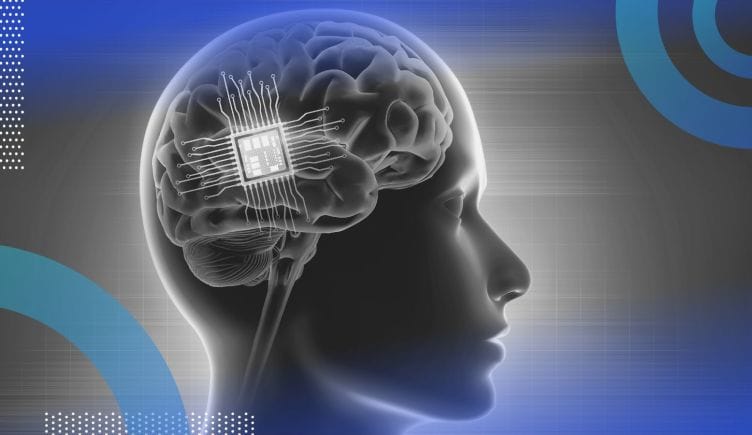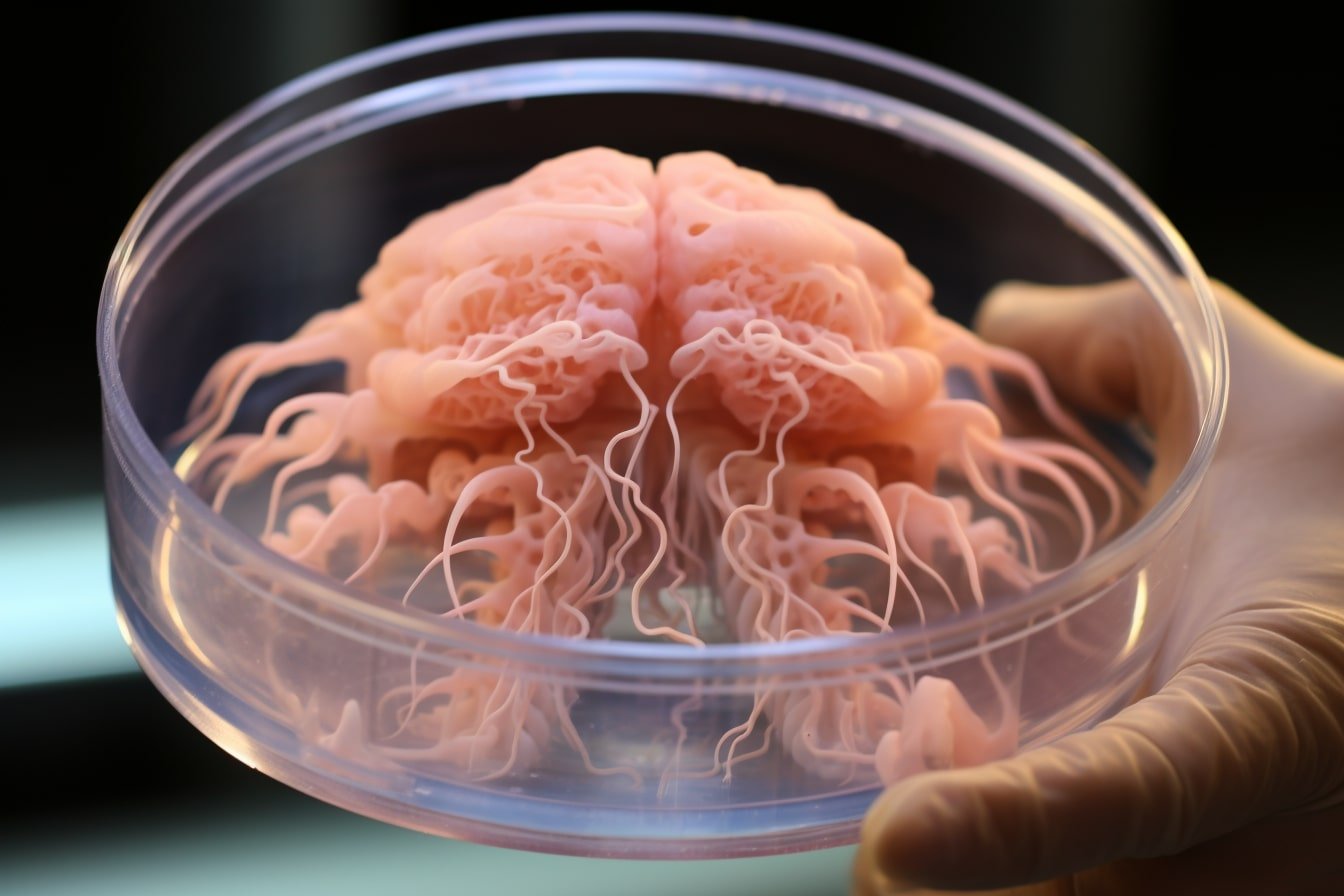Largest brain map may help scientists study language, diseases

The human brain has more than 170 billion cells. A newly published atlas offers the most detailed maps yet of the location, structure and, in some cases, function of more than 3,000 types of brain cells. The atlas could help scientists understand what makes humans unique in the animal kingdom and the roles different brain cells play in disease. Science correspondent Jon Hamilton talks to host Regina G. Barber about the findings from this new map, a product of the NIH's BRAIN initiative. Plus, what the heck splatter neurons have to do with all of this!Read Jon's full story here. Science question on your brain? Email us at shortwave@.

Can we think without using language?

Artificial intelligence: A powerful paradigm for scientific
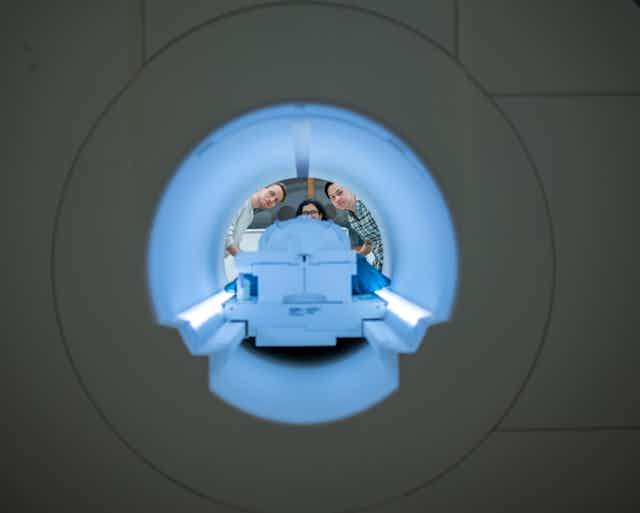
The brain is the most complicated object in the universe. This is the story of scientists' quest to decode it – and read people's minds

ENIGMA and global neuroscience: A decade of large-scale studies of

Neuroscience's roots make exciting and terrifying futures possible

Delta Children Milo 3-in-1 Convertible Crib, Greenguard, 40% OFF

A 3D MAP OF THE BRAIN SHOWS HOW WE UNDERSTAND LANGUAGE - ALPHATRAD WORLDWIDE

Evidence of a predictive coding hierarchy in the human brain

Brain Sciences, Free Full-Text
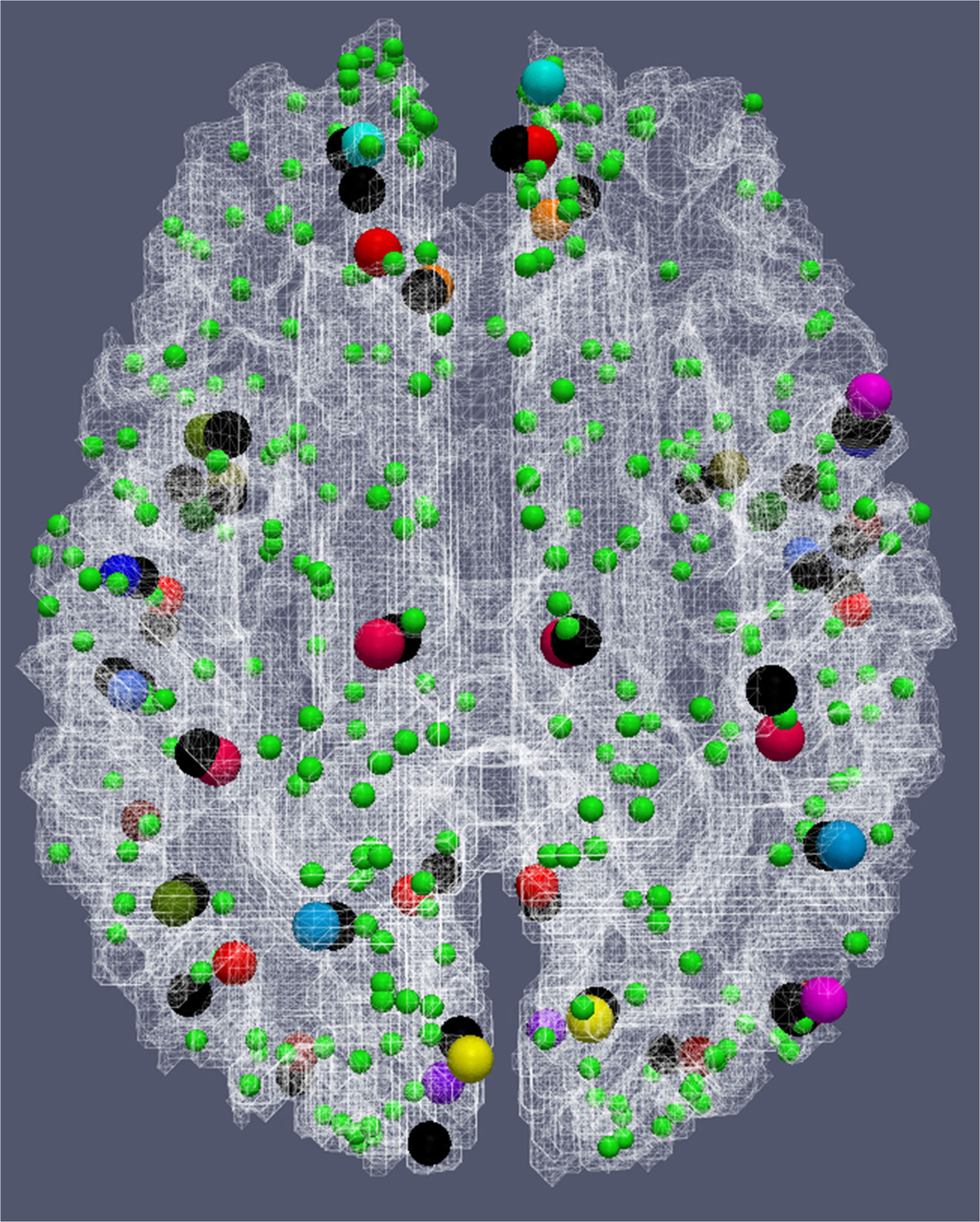
UGA researchers use new map of human brain to study dementia - UGA
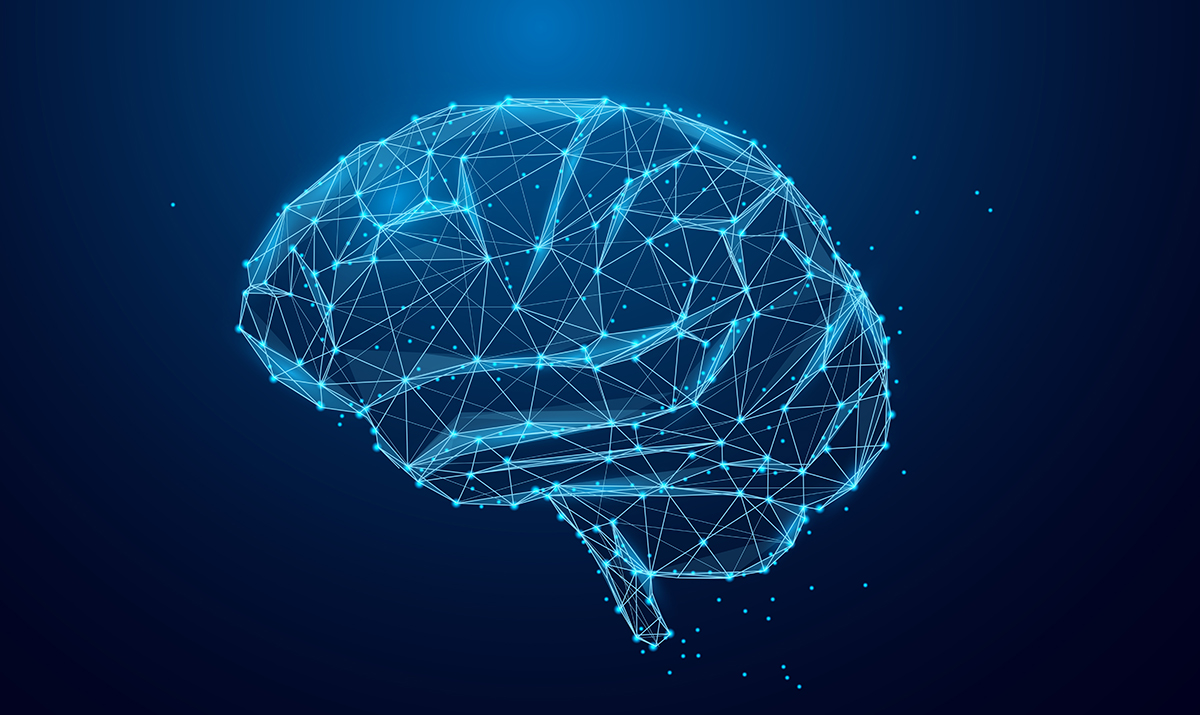
Scientists unveil detailed cell maps of the human brain and the nonhuman primate brain
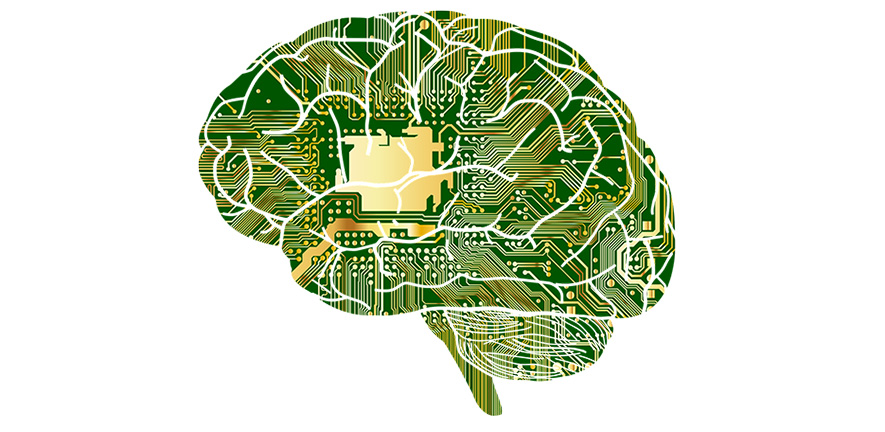
Our brains are not able to 'rewire' themselves, despite what most

How does the brain age across the lifespan? A new study offers






